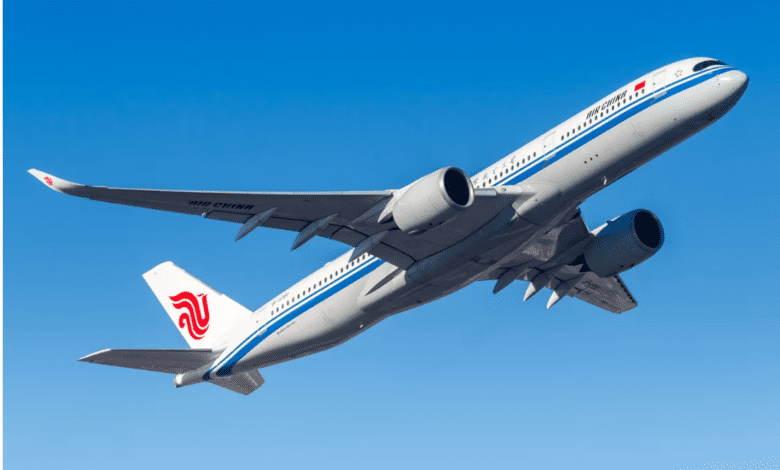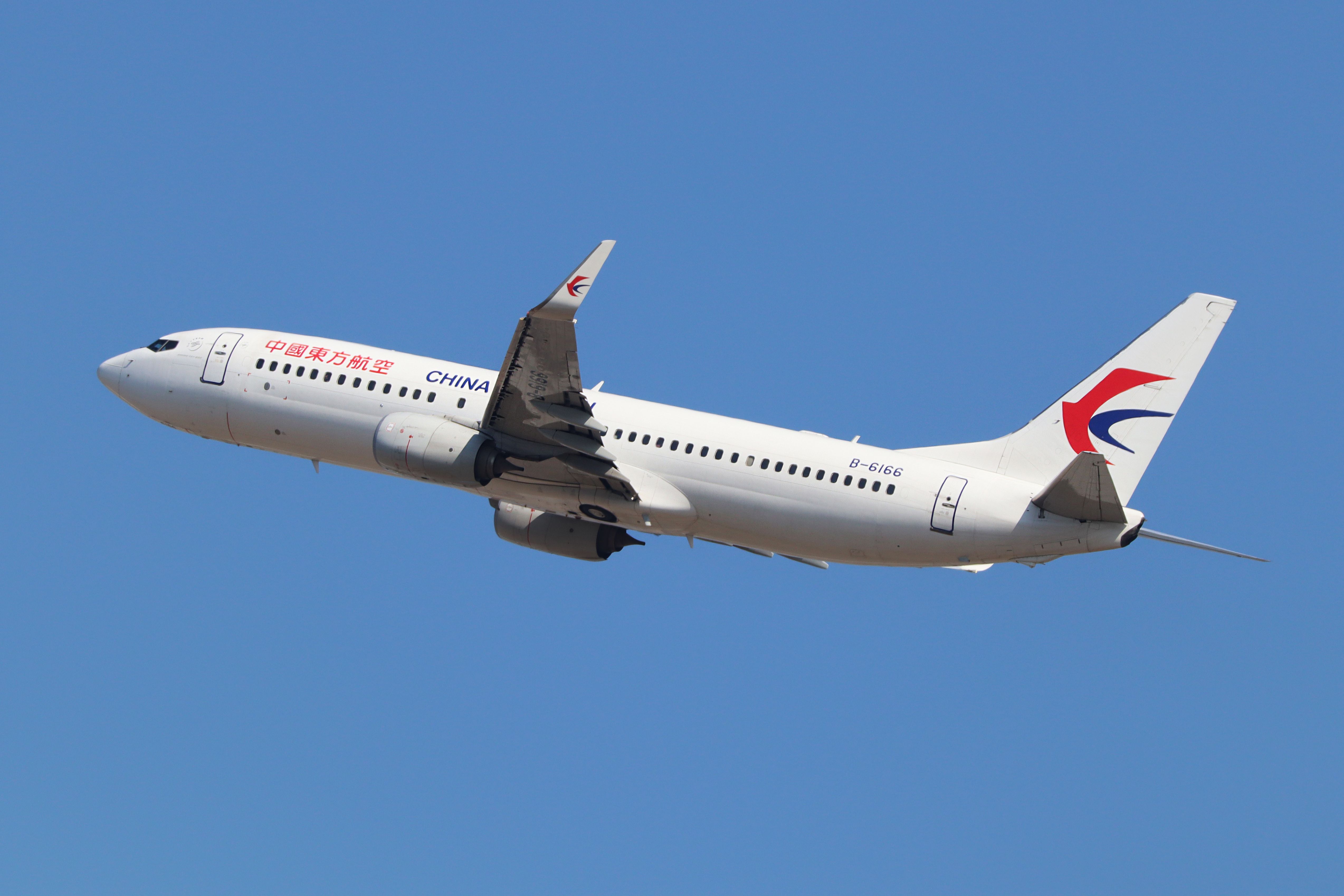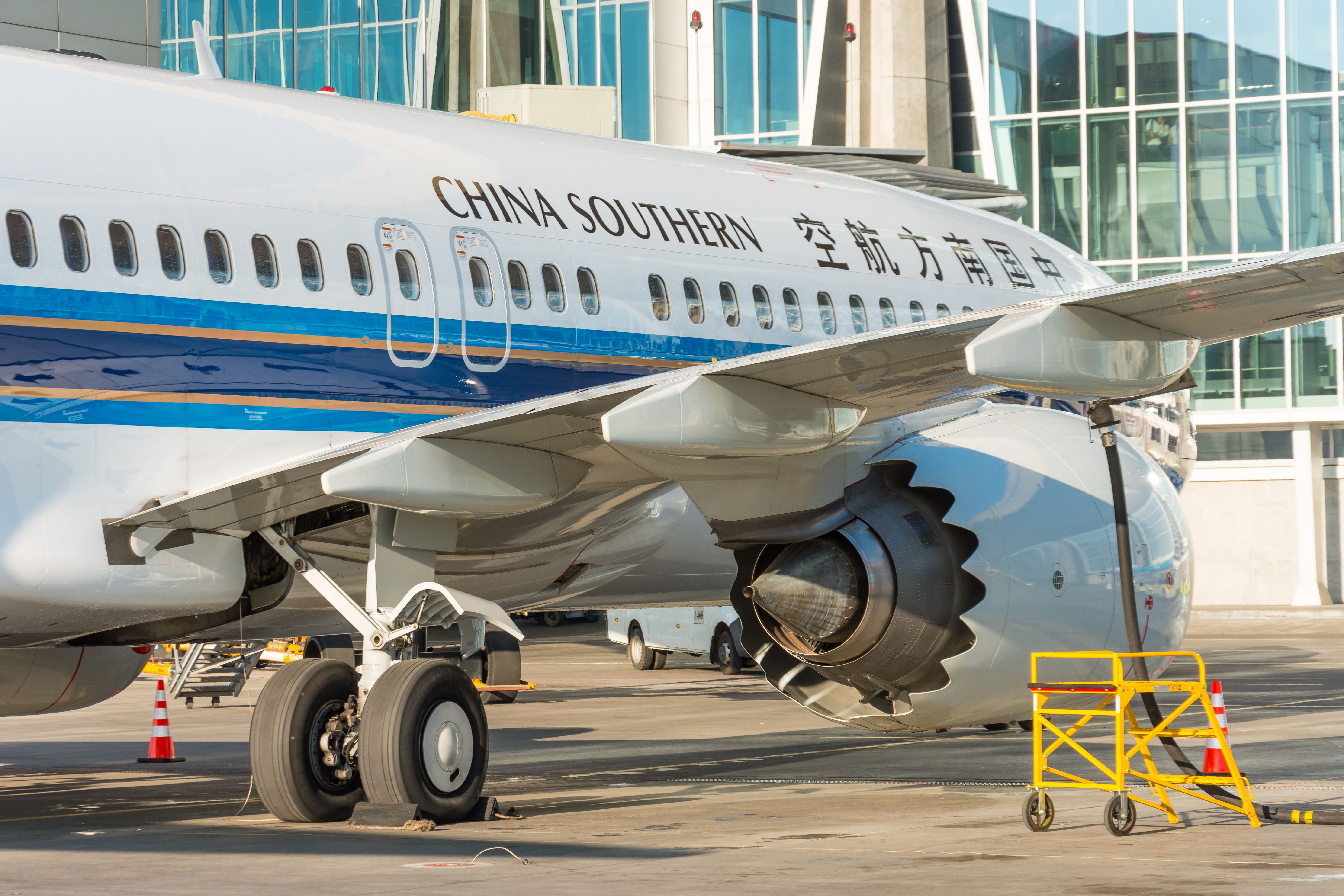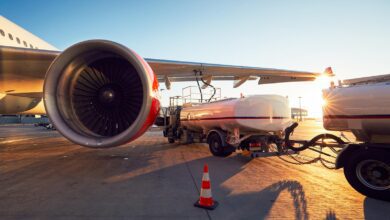
The old saying that the chickens always come home to roost could well apply to China’s Big 3 airlines. While it is great they are back in the air and surging ahead, the massive lockdown-induced losses are only now being revealed.
Time to get back in the air
Last week Reuters reported that the Big 3 of Chinese aviation, Air China, China Eastern and China Southern, all reported record annual losses in 2022. The three airlines made a combined loss of $15.8 billion in 2022, nearly three times the $5.9 billion they lost in 2021.
China’s flag carrier, Air China, was the worst performer posting a 2022 loss of $5.6 billion, more than twice the $2.4 billion it lost in 2021. While there were some periods during COVID when domestic travel resumed, overall, Air China has posted combined losses of nearly $10 billion in the last three years.
The losses were even starker at China Eastern and China Southern, soaring to around three times what they lost in 2021. China Eastern posted a loss of $5.4 billion in 2022, compared to $1.8 billion in 2021, while China Southern lost $4.8 billion compared to $1.7 billion the previous year.
It is unsurprising that any Chinese airline made significant losses during the pandemic, and with the country enduring severe lockdowns, even domestic carriers suffered.
The good news is that domestic passenger numbers are now exceeding 2019 levels. Although international traffic has only restarted this year, it is also on the way back, now at around 30% of pre-COVID levels. Based on this speedy recovery since restrictions were lifted at the end of 2022, Reuters said analysts predicted China’s leading airlines would be profitable this year.
China Southern echoed that positive outlook telling analysts that it expected passenger demand to fully recover to pre-pandemic levels in the domestic market by May and reach 40% of 2019 levels by the peak summer season.
CAAC’s numbers tell the story
Looking at the official statistics released by the Civil Aviation Administration of China (CAAC), it’s apparent how these losses came about. CAAC’s figures show that in 2022 passenger numbers reached 252 million, 43% fewer than in 2021. The numbers also paint a brilliant picture of COVID’s impact on travel patterns, with 99.3% of 2022 passengers traveling on domestic flights.
Less than two million passengers traveled on international routes, up 26% compared to 2020. The CAAC classifications also measure Flight Efficiency, which showed that in 2022 the passenger load factor was 67%, falling from 73% in 2021. Aircraft usage in China also declined in 2022, falling from seven hours per day in 2021 to four hours per day last year.
Fortunately, most travel restrictions were lifted before the Chinese New Year holidays between January 21-27. Chinese airlines carried nine million passengers on 83,844 flights that week, an 80% increase year-on-year, at a load factor of 76%.
CAAC reported that this was possible because the airlines “learned and implemented earnestly the instructions made by President Xi Jinping on the transport of passengers during the festival.”






